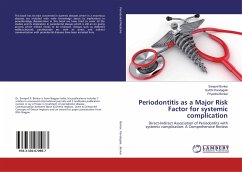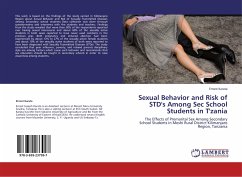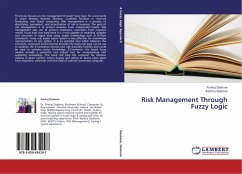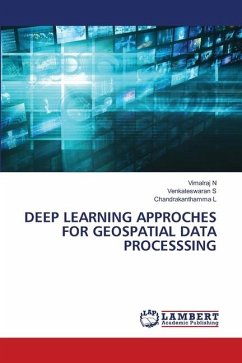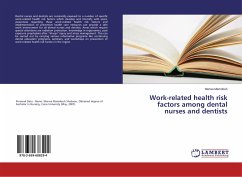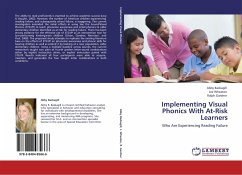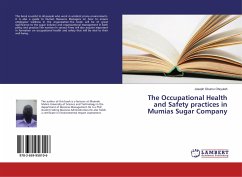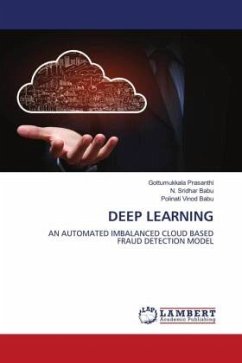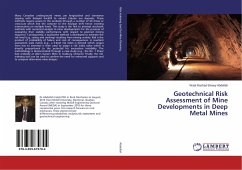
Geotechnical Risk Assessment of Mine Developments in Deep Metal Mines
Versandkostenfrei!
Versandfertig in 6-10 Tagen
55,99 €
inkl. MwSt.

PAYBACK Punkte
28 °P sammeln!
Many Canadian underground mines use longitudinal and transverse stoping with delayed backfill to extract tabular ore deposits. These methods require access to the orebody through a number of sill drives or cross-cuts which link the orezone to the haulage drift hence creating intersections on multiple levels. This study is the first to attempt stochastic methods with numerical analysis to mine developments for the purpose of evaluating their stability performance with respect to planned mining sequence. Consequently, a qualitative method is developed to estimate the risk level (e.g. rating and ...
Many Canadian underground mines use longitudinal and transverse stoping with delayed backfill to extract tabular ore deposits. These methods require access to the orebody through a number of sill drives or cross-cuts which link the orezone to the haulage drift hence creating intersections on multiple levels. This study is the first to attempt stochastic methods with numerical analysis to mine developments for the purpose of evaluating their stability performance with respect to planned mining sequence. Consequently, a qualitative method is developed to estimate the risk level (e.g. rating and ranking) resulting from mining activity. Risk is the product of probability of failure and cost of consequences. A resultant assessment scale matrix (e.g., a 5-level risk index is derived which ranges from low to extreme) is then used to assign a risk index value which is directly proportional to the potential for excavation instability. The methodology is demonstrated through a case study (e.g., the No. 1 Shear East orebody at Vale's Garson Mine in Sudbury, Ontario). Finally, the risk indexing tool can be used to confirm the need for enhanced supports and to compare alternative mine designs



